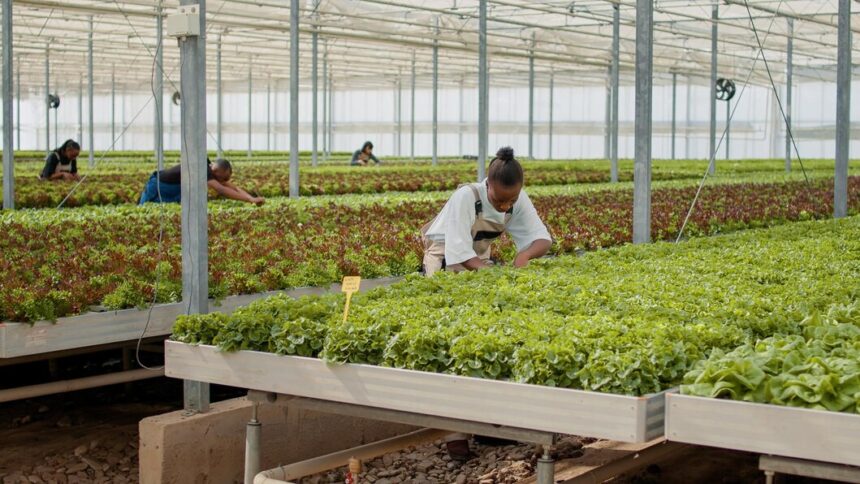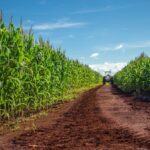Controlled Environment Agriculture (CEA) is revolutionizing farming by optimizing conditions for plant growth and mitigating the impacts of environmental challenges. In South Africa, where diverse climates and resource limitations can pose significant obstacles to traditional farming, CEA offers innovative solutions. Here are ten ways to implement CEA effectively in South Africa:
1. Adopt Hydroponics Systems
Hydroponics involves growing plants in nutrient-rich water solutions rather than soil. This system can be highly efficient in water use and allows for precise control of nutrients. South African farmers can set up hydroponic greenhouses or vertical farms to optimize space and resources.
2. Utilize Greenhouse Technology
Greenhouses provide controlled environments where temperature, humidity, and light can be regulated. By investing in greenhouse structures with advanced climate control systems, South African farmers can grow crops year-round, irrespective of external weather conditions.
3. Incorporate Vertical Farming
Vertical farming involves stacking layers of crops vertically to maximize space usage. This method is particularly useful in urban areas where land is limited. By installing vertical farming systems in urban centers or unused buildings, farmers can increase local food production.
4. Implement Aquaponics Systems
Aquaponics combines aquaculture (fish farming) with hydroponics. The waste from fish provides nutrients for the plants, while plants help filter and purify the water for the fish. This symbiotic system can be an efficient and sustainable way to produce both fish and vegetables.
5. Invest in Climate Control Technologies
Advanced climate control systems, including sensors, automated irrigation, and HVAC systems, are crucial for managing CEA environments. These technologies help maintain optimal growing conditions, improve crop yields, and reduce energy consumption.
6. Use LED Lighting for Enhanced Growth
LED grow lights can simulate natural sunlight and provide the specific wavelengths of light that plants need for photosynthesis. This technology is energy-efficient and can be used to extend growing seasons and enhance plant growth in controlled environments.
7. Develop Integrated Pest Management Systems
In controlled environments, pest management can be handled through integrated systems that combine biological controls, such as beneficial insects, with minimal use of chemicals. This approach helps maintain a healthy growing environment while minimizing the impact on the ecosystem.
8. Leverage Data Analytics and AI
Data analytics and artificial intelligence (AI) can optimize CEA operations by analyzing environmental data, predicting plant growth patterns, and automating adjustments. Implementing these technologies allows for precise management of conditions and enhances overall efficiency.
9. Promote Sustainable Practices
Incorporate sustainable practices such as recycling water, using renewable energy sources (like solar power), and minimizing waste. Sustainable CEA practices align with environmental goals and can reduce operational costs over time.
10. Provide Training and Education
Educating farmers and stakeholders about CEA technologies and practices is essential for successful implementation. Offering training programs, workshops, and resources can help build expertise and encourage the adoption of CEA methods across South Africa.
Controlled Environment Agriculture offers South African farmers innovative solutions to overcome environmental and resource challenges. By adopting hydroponics, greenhouse technology, vertical farming, and other CEA techniques, farmers can enhance productivity, ensure year-round crop production, and contribute to a more sustainable agricultural sector. With the right investments and support, CEA can play a pivotal role in the future of South African agriculture.
Join 'Farmers Mag' WhatsApp Channel
Get the latest Farming news and tips delivered straight to your WhatsApp
CLICK HERE TO JOIN






